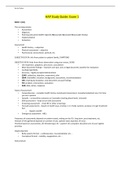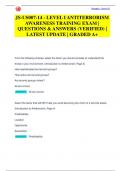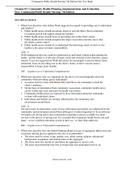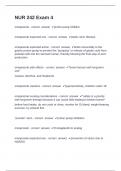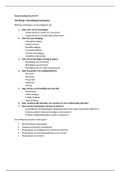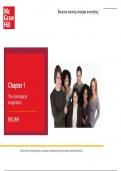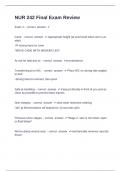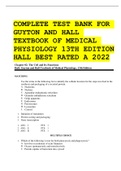Samenvatting
Summary Supply chain and management International Business year 2
- Instelling
- Saxion Hogeschool (Saxion)
In this document the different phases within supply chain management are discussed. Also different models are discussed: audit cycle, KPI tree, impact effort matrix, weighted decision matrix, 5 whys analysis, fishbone diagram, Yamazumi dashboard, Spaghetti diagram, layout warehouse, layout store, l...
[Meer zien]






